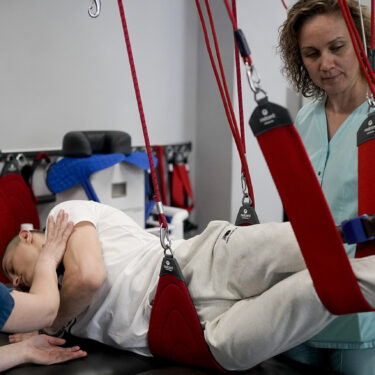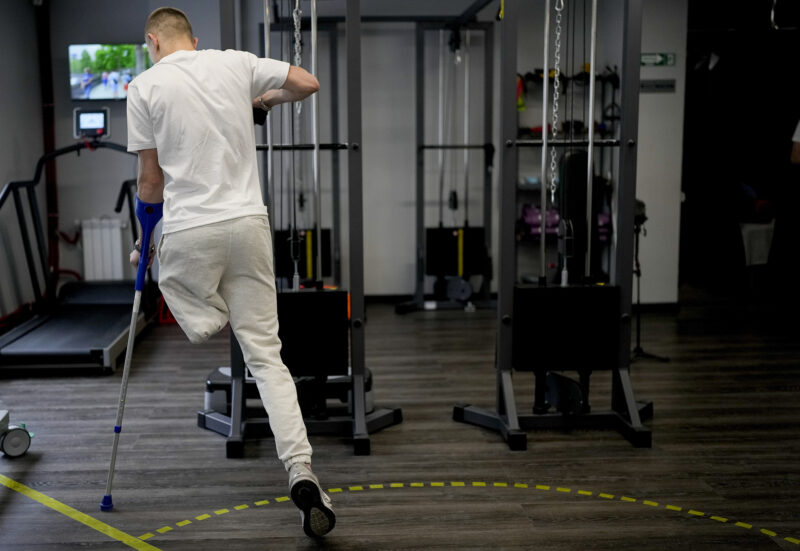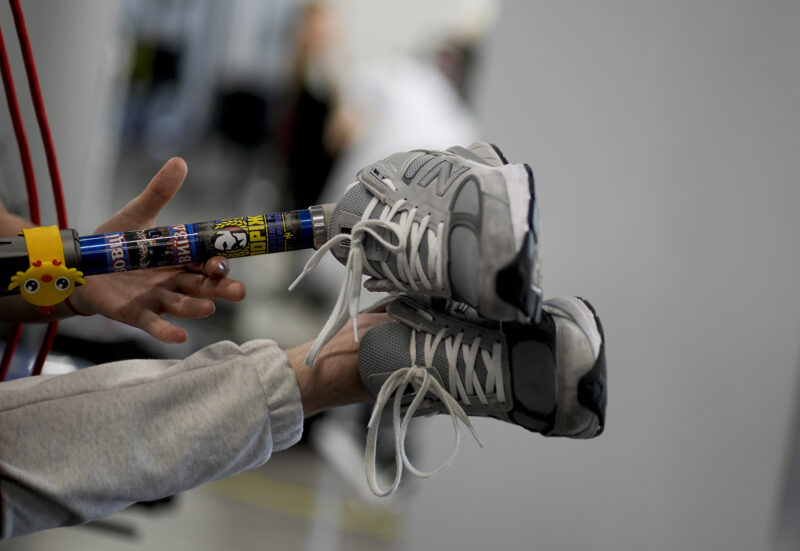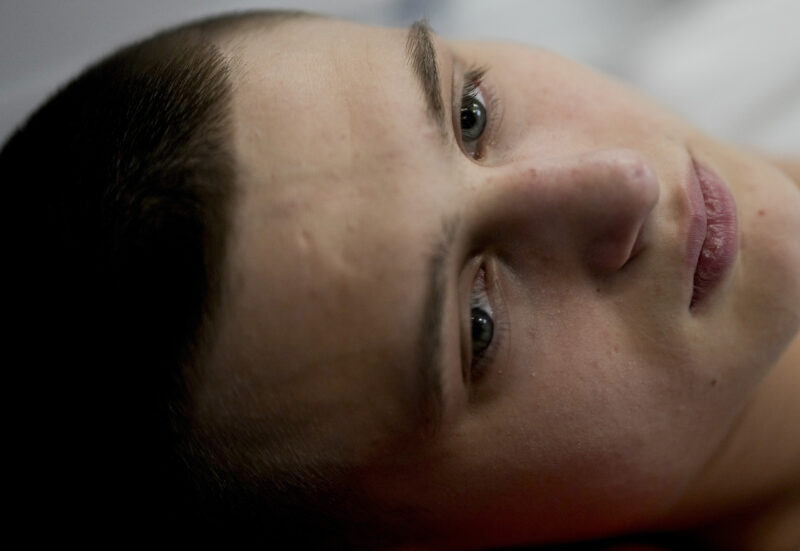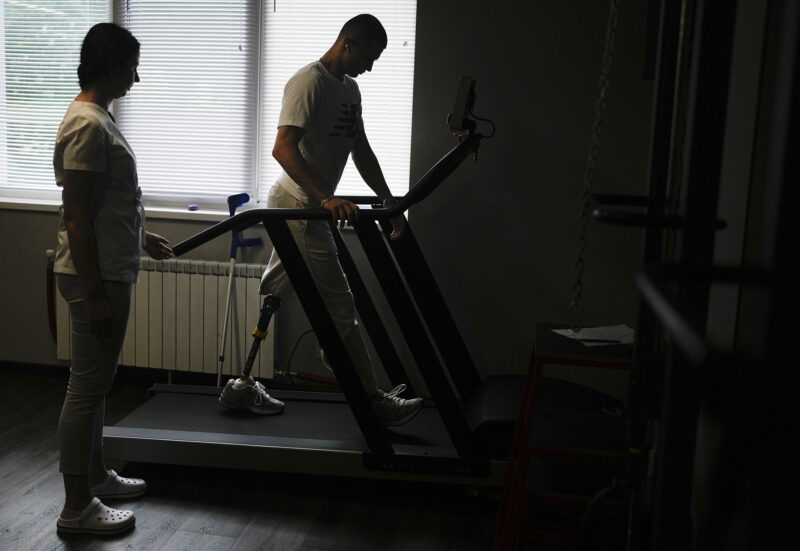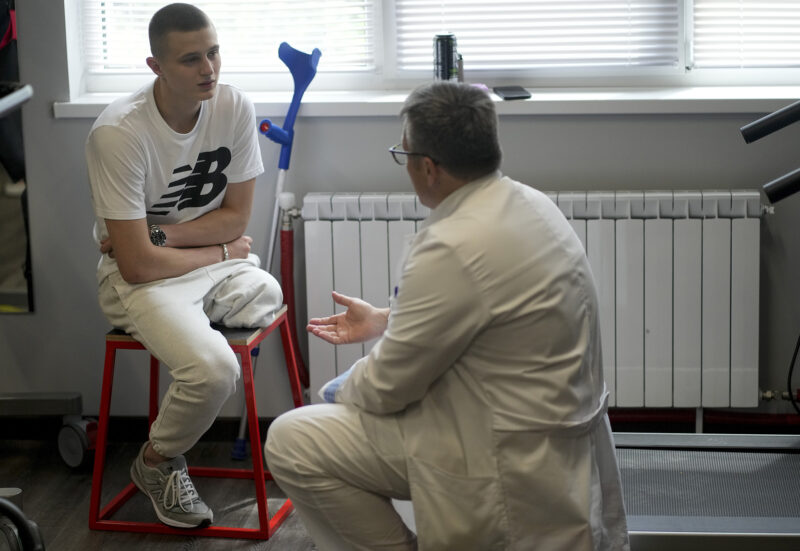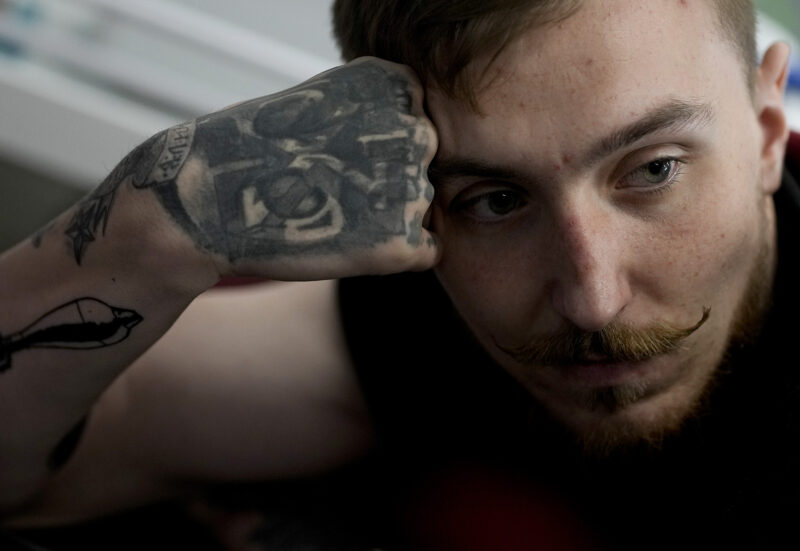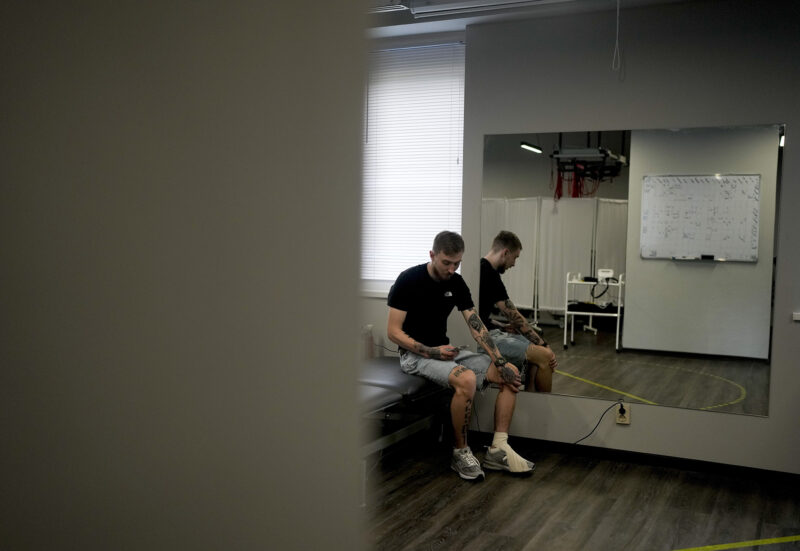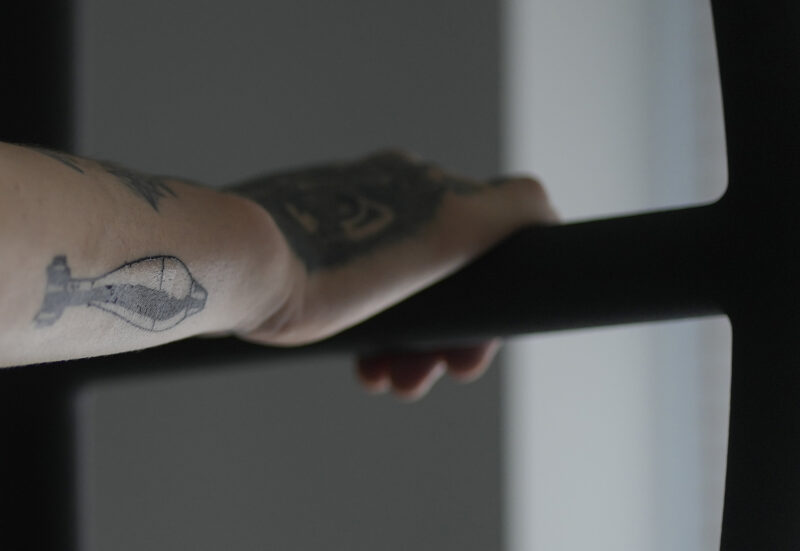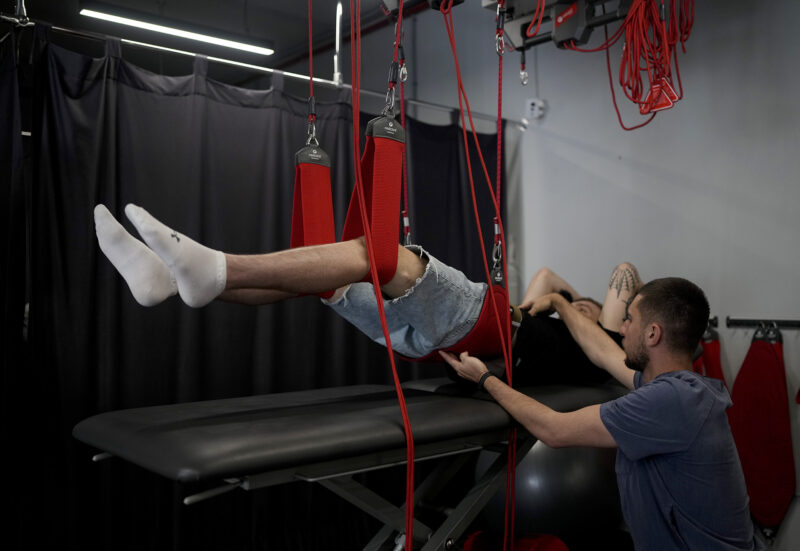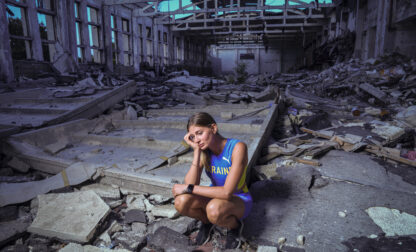It was one of the most secretive episodes since the Russian invasion of Ukraine: a series of clandestine, terrain-hugging, high-speed helicopter missions beyond enemy lines to deliver desperately needed supplies to thousands of trapped fighters making a last stand at the Azovstal steel complex in the besieged city of Mariupol — and to fly out the injured.
Secretive,that is,until the AP team of correspondent John Leicester,photographer Natacha Pisarenko,video journalist Oleksandr Stashevskyi and freelance journalist/translator Hanna Arhirova provided an exclusive chronicle of one of the most daring feats of the five-month conflict. Leveraging military and intelligence contacts developed during the course of reporting in Ukraine,AP was first to tell the story from the perspective of both the rescued and the rescuers,with exclusive interviews in all formats.
Leicester’s text reads like a Hollywood script,but isn’t fiction. Interviews conducted by Leicester,Arhirova and Stashevskyi with two injured soldiers who were rescued by the flights,and who said the pilots had achieved “the impossible,” provided an astounding depth of detail that informed the powerful text and video. Pisarenko’s photos of the wounded young men as they underwent rehabilitation in a clinic were haunting for their intimacy.
The team was able to pair those soldier interviews with pilot interviews provided by Ukraine’s military. They compared details from one of the pilots to details described by one of wounded soldiers,determining that the two men had almost certainly been on the same flight, and so were able to weave their accounts into a compelling narrative in a way no other media could.
Stashevskyi also secured an exclusive on-camera interview with a military intelligence officer who’d been on the first such flight and said the missions were so dangerous that “we were aware it could be a one-way ticket.” He also confirmed that at least three flights never made it back.
They were "the impossible" missions: Secret,terrain-hugging helicopter flights to reach trapped Ukrainian soldiers in a bombarded fortress, and fly the injured out.
Some never made it back.@johnleicester and @argi_anya spoke to these survivors who did. https://t.co/7Jz2Cur0JJ pic.twitter.com/bbXXaEXb8V
— AP Europe (@AP_Europe) June 21, 2022
The package was a must-read,must-see — AP’s best-performing offering of the day,with top reader engagement scores — and was widely used by clients,from The Washington Post to Italy’s Corriere Della Sera. Paul Haven,global head of newsgathering,called it “One of the best stories we’ve done during the war,which is saying something.” An admirer on Twitter praised “the kind of old-school print journalism that produced Ernie Pyle.” Another said the “harrowing account … reads like a thriller.”
For enterprising work that delivered a riveting all-formats package,the team of Leicester,Pisarenko, Stashevskyi and Arhirova is AP’s Best of the Week — Second Winner.
Visit AP.org to request a trial subscription to AP’s video,photo and text services.
For breaking news, visit apnews.com

